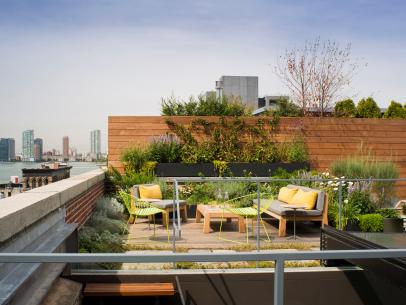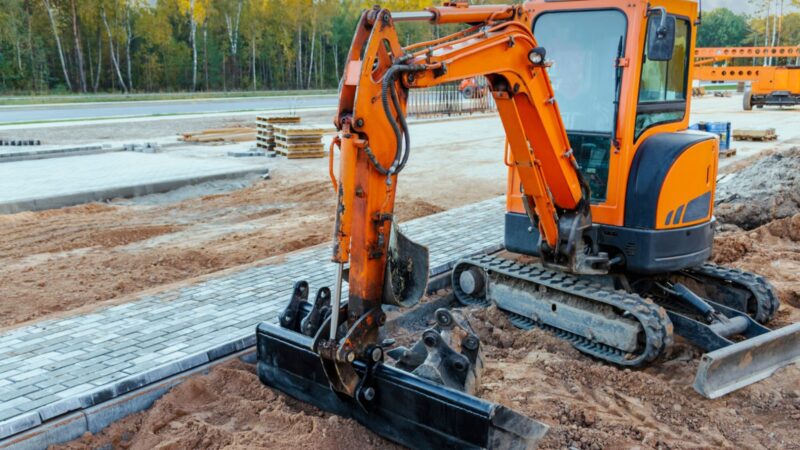Urban environments face unique challenges when it comes to landscape construction, primarily due to limited space, high foot traffic, and environmental pollution. However, innovative solutions such as urban stone landscaping have emerged to not only overcome these hurdles but also to enhance the aesthetic and ecological value of city landscapes.
Challenges in Urban Landscape Construction
The primary challenges in urban landscape construction include spatial restrictions, soil degradation, and the heat island effect. In cities, the limited availability of open spaces constrains the scope of landscape projects. Furthermore, urban soil often suffers from compaction and contamination, which can inhibit plant growth. Additionally, the dense concentration of buildings and roads leads to elevated temperatures, exacerbating the urban heat island effect.
Urban Stone Landscaping as a Solution
Urban stone landscaping involves the strategic use of natural stone and rock formations to create durable, low-maintenance landscapes that thrive in urban conditions. This approach is particularly beneficial in addressing the issue of limited green space. Stone elements require minimal soil and can be arranged in various aesthetic configurations, from rock gardens to sculptural features. Moreover, stones do not degrade or require the level of care that living plants do, making them ideal for high-traffic areas.
Incorporating Green Infrastructure
To further combat urban landscape challenges, integrating green infrastructure is essential. Techniques like green roofs, vertical gardens, and permeable pavements can transform underutilized urban areas into vibrant, green spaces. These solutions help manage stormwater runoff, reduce heat, and improve air quality, ultimately creating healthier urban environments.
Benefits of Enhanced Urban Landscaping
The benefits of effectively implemented landscape construction in urban areas are manifold. Visually, the integration of natural elements like stone and plant life enhances the aesthetic appeal of the urban landscape, making cities more inviting and livable. Environmentally, it contributes to biodiversity, provides habitats for urban wildlife, and aids in the absorption of CO2 and pollutants.
Future Perspectives
Looking forward, the continued development of innovative landscaping solutions will be crucial in adapting to the evolving challenges of urban environments. Techniques such as urban stone landscaping not only address current issues but also prepare cities for future ecological and social shifts. By embracing these practices, urban areas can ensure sustainable growth and improved quality of life for their inhabitants.
In conclusion, landscape construction in urban environments faces significant challenges, but through solutions like urban stone landscaping and green infrastructure, cities can reap substantial ecological and aesthetic benefits. This approach not only resolves practical issues but also enhances the overall quality of urban life, paving the way for more resilient and beautiful cities.








